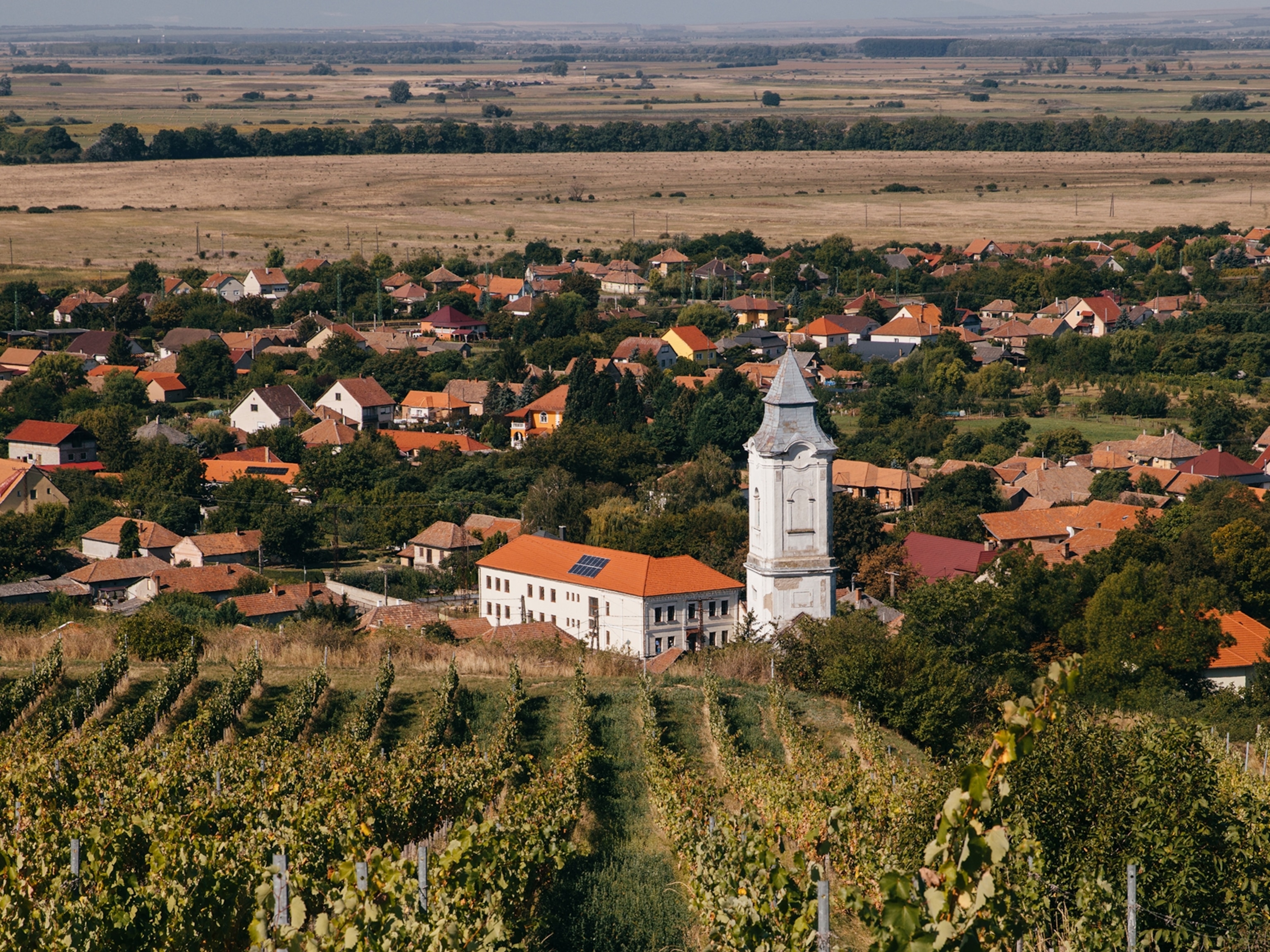See One of the Finest Collections of Roman Mosaics in the World
This luxe estate survived earthquakes, floods, fires, and the fall of the Roman empire with its impressive collection of artwork intact.
A luxurious estate in the Sicilian countryside dating back to the late Roman empire, Villa Romana del Casale has survived earthquakes, floods, fires, and the fall of the empire with its impressive collection of mosaics intact. It remains one of the most valuable historical and artistic sites connected to the late Imperial age.
The villa, a UNESCO World Heritage site, was built between the third and fourth centuries A.D. The building has an intricate layout, with more than 50 rooms and a sumptuous bath complex, signifying the wealth and power of its owners, whose identities are unknown. Although the building was partially destroyed by an earthquake in the 12th century, the mosaics adorning nearly every room were preserved by a mudslide and survived in nearly pristine condition until they were rediscovered by archeologists some 700 years later. They remain one of the finest collections of Roman tile work in the world.
The colorful pieces depict a range of scenes of life both on and off the estate. Images of the family life of the estate’s owners decorate one room; another is covered in images of vigorous and scantily clad women competing in sporting activities; and in one corridor, the entire floor is decorated with illustrations of exotic animals in an ornate African hunting scene. Others pay homage to mythology and the epics of Homer. The house and mosaics show a North African influence, leading some to believe that African artisans completed the tile work.
The compound has evolved in its structures and use over the centuries. The first villa is believed to have been built in the first and second centuries A.D. at the foot of Mont Mangone in inland Sicily, but the present structure was likely built in the fourth century. After the fall of the Roman Empire, the villa developed into a large medieval settlement. It was eventually abandoned, however, possibly because of a major earthquake that struck the area in 1169.
The site was rediscovered and excavated beginning in the 19th century, uncovering more than 37,000 square feet of mosaic flooring, as well as wall mosaics, statues, and other decorative elements. A restoration of the mosaics and murals was completed in 2012.
Today, the site is open to visitors who come to explore its architectural and artistic legacy, and has become one of the most famous tourist attractions in Sicily.
Abby Sewell is a freelance journalist based in Beirut covering politics, travel, and culture. Follow her on Twitter at @sewella.
- National Geographic Expeditions





